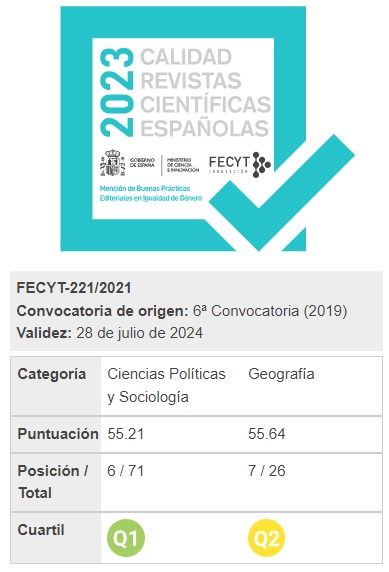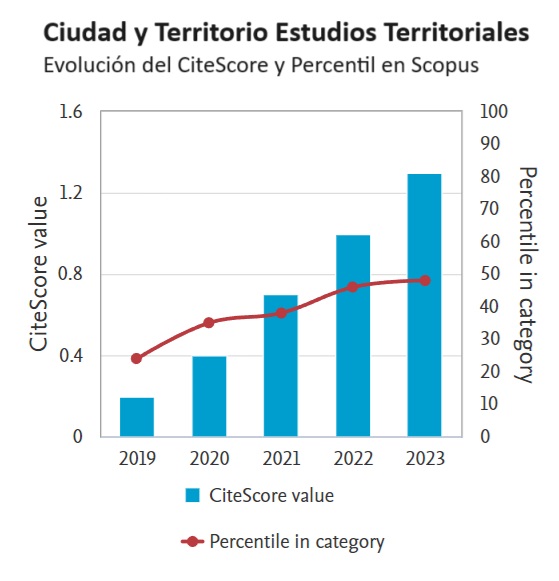Processes of Osmosis in Granada as a City Campus
Keywords:
Granada, university, campus, city, urbanism, learningAbstract
This paper analyzes the relationship between the University of Granada and the city, its
urban and territorial evolution, by observing the processes of osmosis for its planning, shape and
behavior since its origins in the 14th century until the present day. We provide a descriptive
assessment of the most significant urban and spatial aspects involving the city and its university,
from a closer and more human scale, as an organization of settings for culture and learning, to its
repercussions at the regional or international levels. Of note is the urban nature of the city of
Granada as a campus, and its relational potential as a creator of civic locations of urban and
metropolitan cohesion, as evidenced by the results of studies into attributes that bear this out.
Lastly, we consider the future challenges, opportunities and scenarios of a local and international
nature that will face the city as it gradually responds to the changes in the university as a system
of spaces for learning and for urban and cultural innovation.
Downloads
Downloads
Published
How to Cite
Issue
Section
License
Copyright (c) 2017 David Cabrera Manzano

This work is licensed under a Creative Commons Attribution-NonCommercial-NoDerivatives 4.0 International License.
Considering the provisions of the current legislation on Intellectual Property, and in accordance with them, all authors publishing in CyTET give -in a non-exclusive way and without time limit- to the Ministry of Transport, Mobility and Urban Agenda the rights to disseminate, reproduce, communicate and distribute in any current or future format, on paper or electronic, the original or derived version of their work under a Creative Commons Attribution-NonCommercial-NoDerivative 4.0 license International (CC BY-NC-ND 4.0), as well as to include or assign to third parties the inclusion of its content in national and international indexes, repositories and databases, with reference and recognition in any case of its authorship.
In addition, when sending the work, the author(s) declares that it is an original work in which the sources that have been used are recognized, committing to respect the scientific evidence, to no longer modify the original data and to verify or refute its hypothesis. Author(s) also declare that the essential content of the work has not been previously published nor will it be published in any other publication while it is under evaluation by CyTET; and that it has not been simultaneously sent to another journal.
Authors must sign a Transfer of Rights Form, which will be sent to them from the CyTET Secretariat once the article is accepted for publication.
With the aim of promoting the dissemination of knowledge, CyTET joins the Open Journal Access (OA) movement and delivers all of its content to various national and international indexes, repositories and databases under this protocol; therefore, the submission of a work to be published in the journal presupposes the explicit acceptance by the author of this distribution method.
Authors are encouraged to reproduce and host their work published in CyTET in institutional repositories, web pages, etc. with the intention of contributing to the improvement of the transfer of knowledge and the citation of said works.








 Enlace a CyTET en Linkedin
Enlace a CyTET en Linkedin